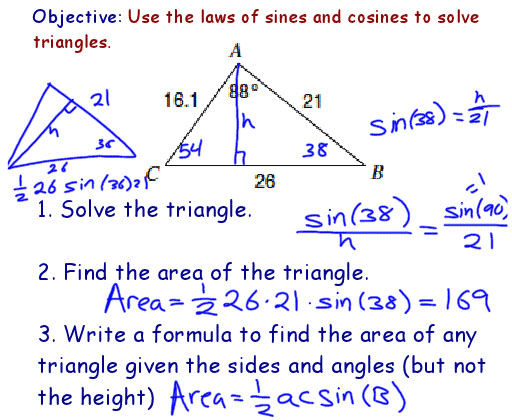Perspective
Perspective is a funny thing. I can feel pretty big when I am trying to fit into a dress that is too small or when I am hanging around with the young kids at church. But in this picture, I look quite small (taken by Tim Donahue in Buckskin Gulch, Utah). I look at this picture to keep my perspective when I begin to think too seriously about myself. If you haven’t found me yet, I am in the lower third, middle of the picture.

Just because we teach biblical concepts to kids that may seem hard, we don’t have to present them in a way that is hard for them to understand. We need to teach from their perspective. I have very vivid memories of learning some deep concepts at an early age. My learning didn’t come from sitting in church and learning the from adult perspective, but it was the catalyst for my questions.
Complex ideas can be easy to teach
When I was six or seven, I remember hearing our pastor talk about the “crying God.” I went to my mother one day and asked her why God was crying. “Crying?” she asked. “I don’t know what you are talking about,” she said. She said I’d better go ask my pastor. So I did. He didn’t know what I was talking about either. He asked a few more questions and figured out that when I thought I heard “crying God,” he was really saying triune God. Now that is a pretty hefty concept. We adults can’t even comprehend it. He explained that although we humans can’t really understand it, God was 3 parts, yet still one God.
Teaching the Trinity
I can’t remember if he used the standard egg example; the yolk, the white, and the shell all being 3 parts yet also one egg. Although that isn’t an exact replication of the trinity, it does help a child loosely understand the concept. Some have used the ice, water, and vapor (steam) example of the three in one. I don’t think that that is really a great example because they are three different forms of water that can’t exist together at the same time. They change into the other form when the temperature changes. That is not how God exists. He is always all three parts, existing together in real time.
In God Should I Be Baptized?, I used a triangle, with legs of the triangle representing 3 equal parts of God. I chose to use that because The each of the members of the trinity are equally important in function and yet they serve from a different perspective. They make up a whole in unity that is very identifiable. Although this back information is a little deep, kids can see a triangle and see 3 legs to a triangle and they can see a whole triangle. If any part is missing, it is not a triangle. Although not easily understood for any of us, kids can still make some sense out of it.
Back to perspective… To relate to kids, we need to understand how they think, and relate on that level. The best way to know what that is, is to talk to them; let them tell you what they are thinking. Their minds often process thoughts differently than adults.
- If an adult figures something out by a mathematical equation, we may need to use physical objects so a child can actually see it.
- We may need to walk them through the thought in smaller steps. (review Building Blocks post here)
- We can’t use examples that they aren’t very familiar with. Our examples must be things that they use and see everyday: their friends, their pets, their bedrooms.
- Use examples of kids on the playground, with brothers and sisters and the sports that they play.
It is also important to approach them from their perspective, physically. Bend down on one knee when talking to them so you are eye to eye. You don’t want to be intimidating. You don’t want to be their buddy to the point you lose control of the classroom, but do try to keep a level playing field when it comes to what you are teaching. It will make a big difference in your ability to hold their attention.
Spend some time thinking like you used to think, many years back. You might find you actually enjoy it!







